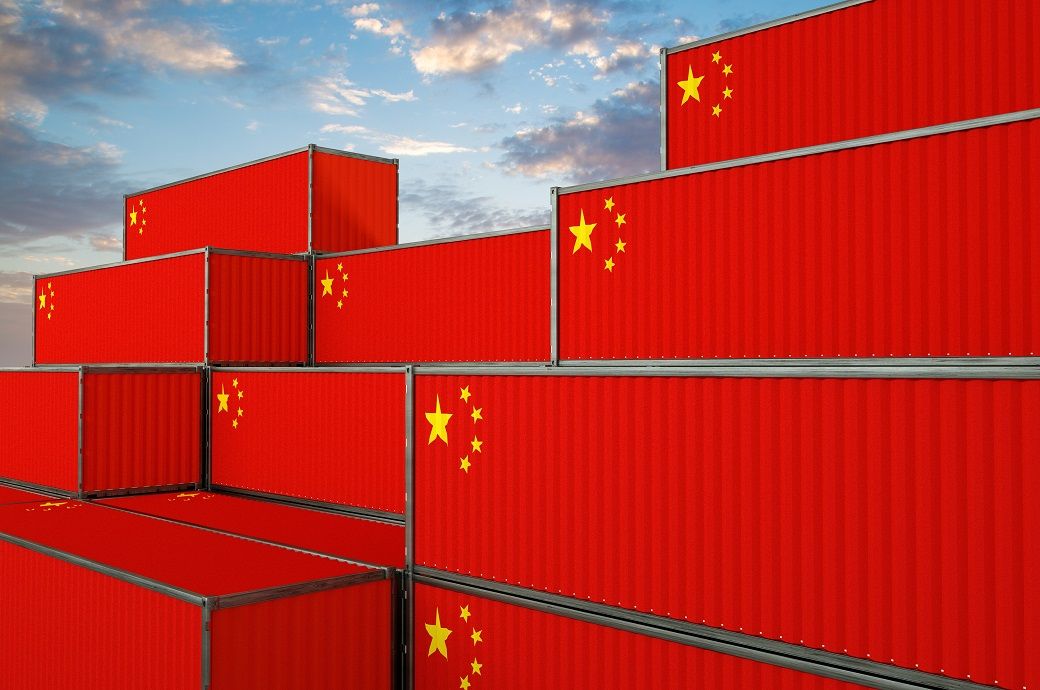
Meanwhile, muted demand conditions contributed to a first reduction in input costs in the sector for 22 months and firms continued to lower their own selling prices.
The S&P Global Vietnam manufacturing purchasing managers' index (PMI) posted below the 50 no-change mark for the second consecutive month in May, but rose to 49.8 from 45.6 in April to signal a near-stabilisation of business conditions in the sector, a release from S&P Global Ratings said.
New business from abroad declined at a much faster pace than total new orders. The fall in new export orders was broadly similar to that seen in April, while the reduction in total new business was softer than in the previous month.
While new orders continued to fall, output returned to growth in May following a decline in April. Greater stability around tariff policies reportedly helped to support the renewed rise in production, while capacity improvements were also cited.
Business confidence in Vietnam improved in May amid more stable tariff policies. A number of respondents, however, remained concerned about the potential impact of tariffs, meaning that business sentiment remained well below the series average.
Reduced workloads and staff resignations contributed to a further fall in employment in the country’s manufacturing sector.
Backlogs of work continued to fall amid lower new orders, but the rate of depletion eased to the weakest in the current five-month sequence of decline.
Efforts to expand output meant that manufacturers increased their purchasing activity slightly in May. The increase in input buying ended a two-month sequence of contraction.
Despite the rise in purchasing, stocks of inputs were scaled back again, albeit to the least marked extent since August 2024. Stocks of finished goods were also down, as firms reported a reluctance to hold inventories and the prompt shipment of products to clients.
Meanwhile, suppliers' delivery times lengthened slightly in May as respondents noted slow traffic. A muted demand environment led some suppliers to offer discounts on their products during May, thereby resulting in a reduction in input costs over the course of the month.
The fall in input prices was the first since July 2023. With input costs down, manufacturers continued to lower their own selling prices midway through the second quarter. Charges have now decreased in each of the past five months, with output prices down modestly again in May.
ALCHEMPro News Desk (DS)
Receive daily prices and market insights straight to your inbox. Subscribe to AlchemPro Weekly!